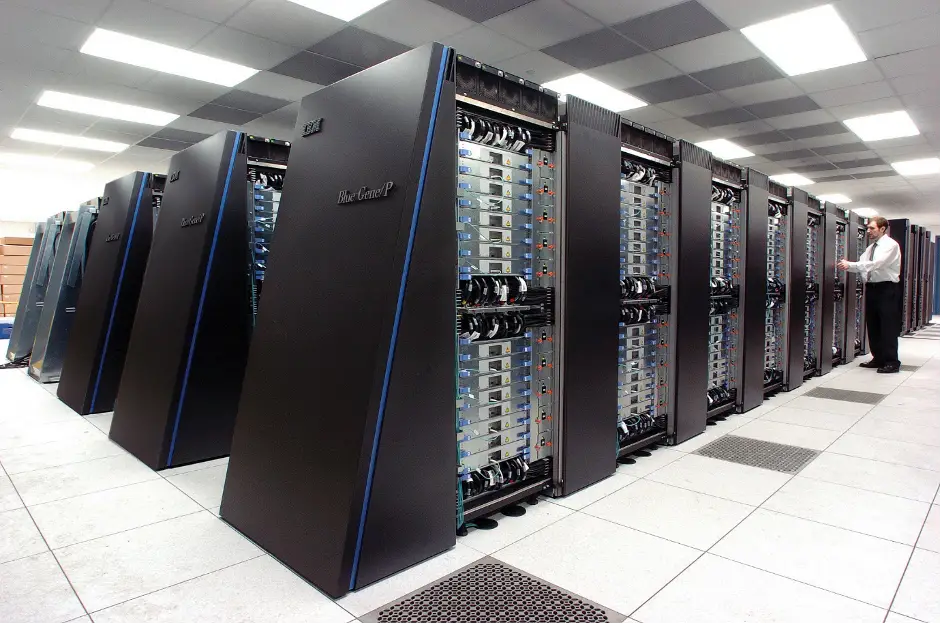Software buyers today want transparent pricing, vendor-neutral trials and demonstrations, and unbiased feedback from their peers – a self-service buying journey. As a result of this behavior change, IBM now considers peer review a strategic priority. Brands should lookout for new, rewarding customer interactions, and sites like TrustRadius and G2 enable such interactions. Modern IBM hardware products are named in two ways. Products have a three- or four-digit machine and a model number (this can be a combination of letters and numbers). A product can also have a marketing or brand name. Here is a list of the ten best IBM products.
1. The Mainframe
IBM mainframe is also known as 1401. Introduced in 1959, it was the first high-volume, core-memory, and stored-program transistorized mainframe. In the early 1960s, it was the most popular computer model in the world due to its versatility in running enterprise applications. Also introduced by IBM was the 1403 chain printer, which led to the high-speed, high-volume impact printing era.
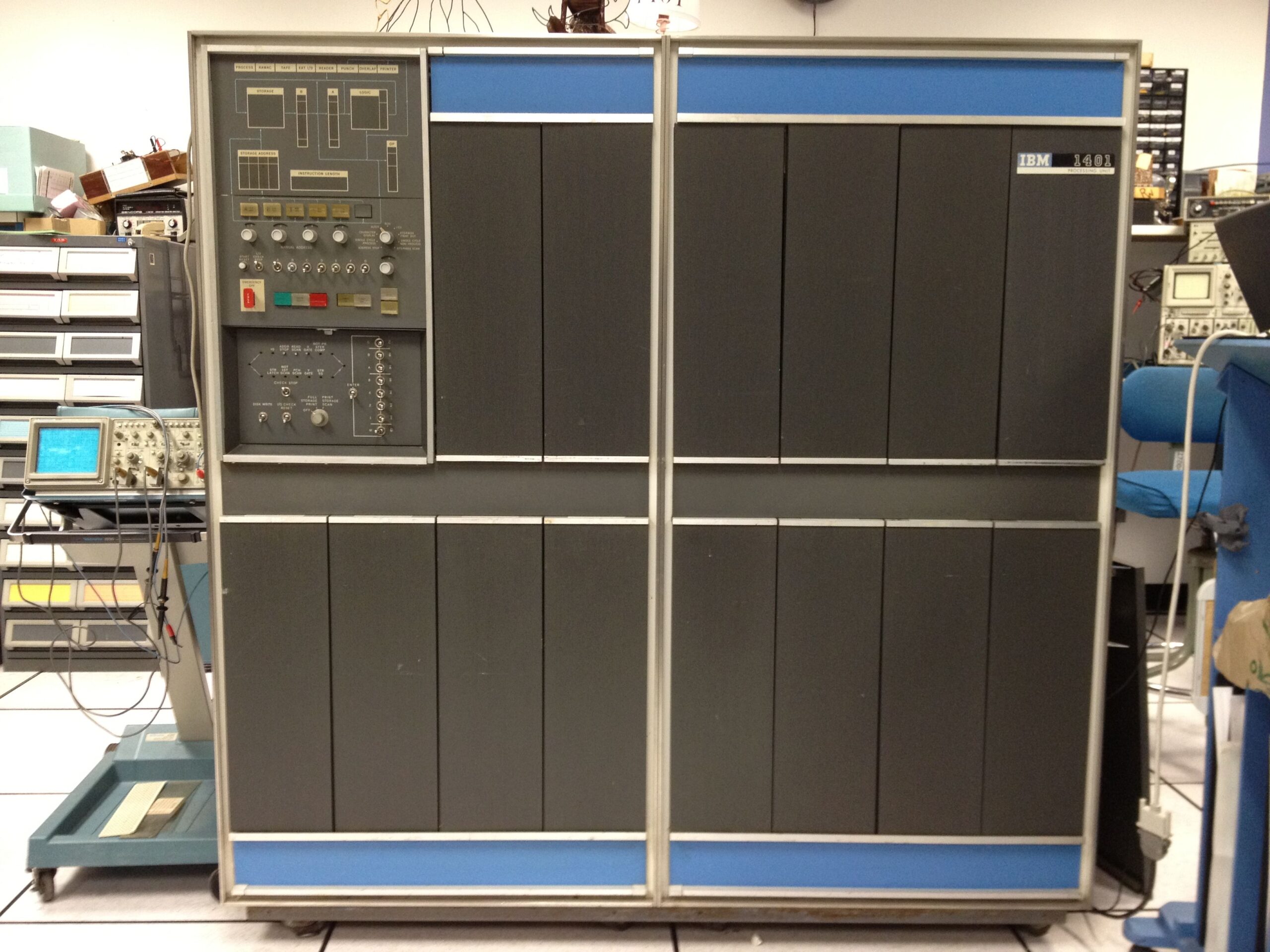
2. IBM Process Mining
IBM Process Mining is a Process Mining solution that automatically detects, continuously monitors, and optimizes business processes. Process mining uses data from the business system to create and visualize an end-to-end process that includes all related process activities along with different activity paths. It’s easy for businesses to analyze undisclosed activities to gain actionable insights for process improvement.
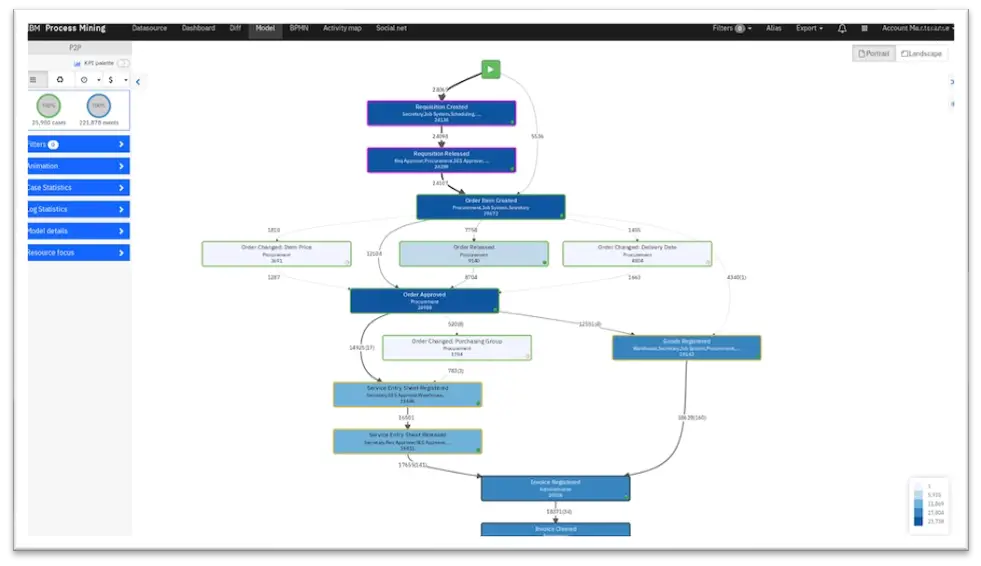
3. Punch Card
Produced by IBM, the earliest icon of the information age was a simple punched card known as the “IBM card.” It measures 7-3/8 inches by 3-1/4 inches. The IBM punch card held nearly all the world’s information for almost half a century. It also provided a significant profit stream to IBM’s rapid growth in the mid-20th
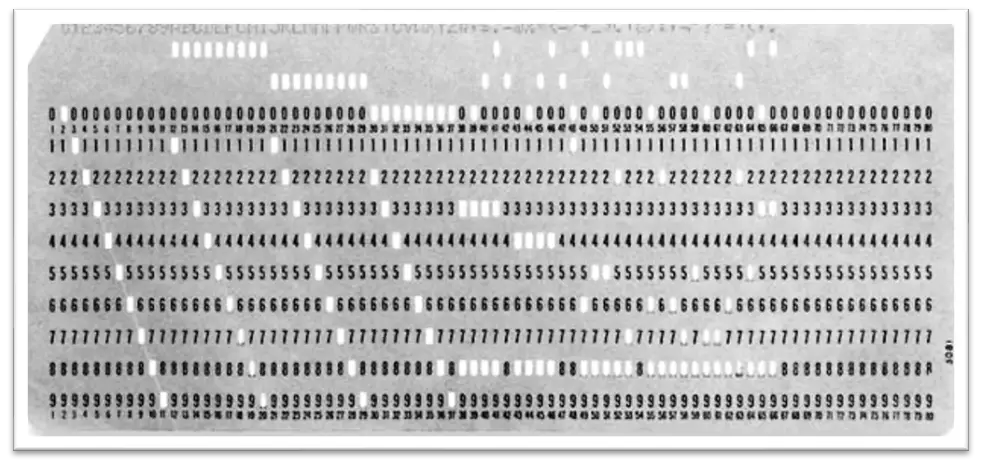
4. IBM Watson Assistant
Powered by IBM Watson Conversation, Watson Assistant delivers scalable, engaging experiences across your organization. Watson Assistant leverages artificial intelligence to provide fast, consistent, and accurate answers across applications, channels, and devices. It removes the frustration of long wait times, tedious searches, and unhelpful chatbots with the leader in trustworthy AI.
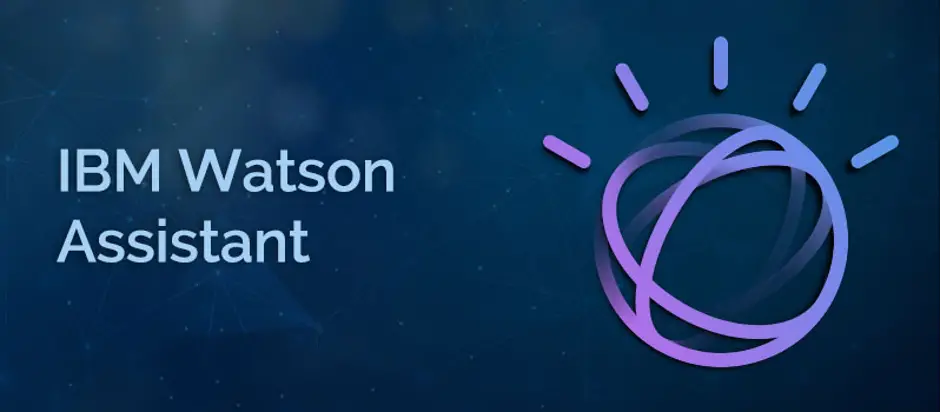
5. IBM System/360
The IBM System/360 (S/360) was a family of mainframe systems announced by IBM on April 7, 1964, and shipped between 1965 and 1978. [1] It was the first family of computers to be manufactured by IBM. The full range of sizes, from small to large, is designed to cover commercial and scientific applications
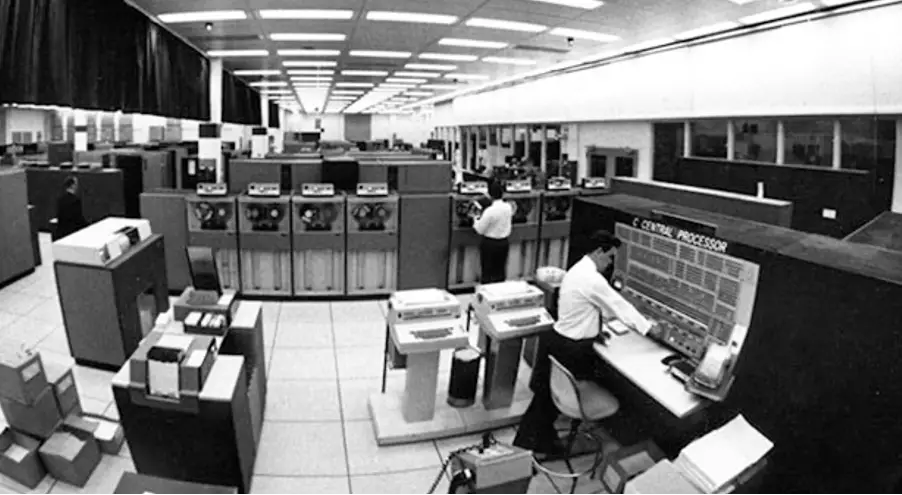
6. IBM Security QRadar
Enterprise security information and event management (SIEM) are a feature of IBM QRadar. It gathers log information from an organization’s network devices, host assets, operating systems, applications, vulnerabilities, and user behaviors and activities. Then, IBM QRadar provides in-the-moment analysis of the network flows and log data to spot malicious behavior so that it can be stopped, limiting or avoiding harm to the enterprise.
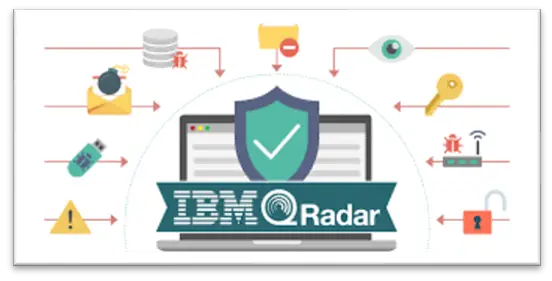
7. Magnetic Tape Storage
In the late 1940s, IBM engineers began experimenting with magnetic tape as a legacy data storage device for punch cards. An engineer came up with the idea of using a vacuum column to suck up the ice rings. In 1952, IBM announced the first magnetic tape storage device, the IBM 726. IBM introduced the tape drive vacuum column, allowing the fragile tape to become a viable data storage medium.

8. IBM Security Verifies
In order to assist you in delivering a zero-trust framework, IBM Security Verify products offer intelligent identity and access management for the hybrid, multi-cloud world. This comprehensive product, formerly IBM Cloud® Identity, delivers risk-based authentication powered by AI and more sophisticated features. In an IBM Cloud facility, deploy as a multi-tenant SaaS or single-tenant Dedicated application depending on the residency requirements. Smoothly transition to the cloud using the on-premise Access version.
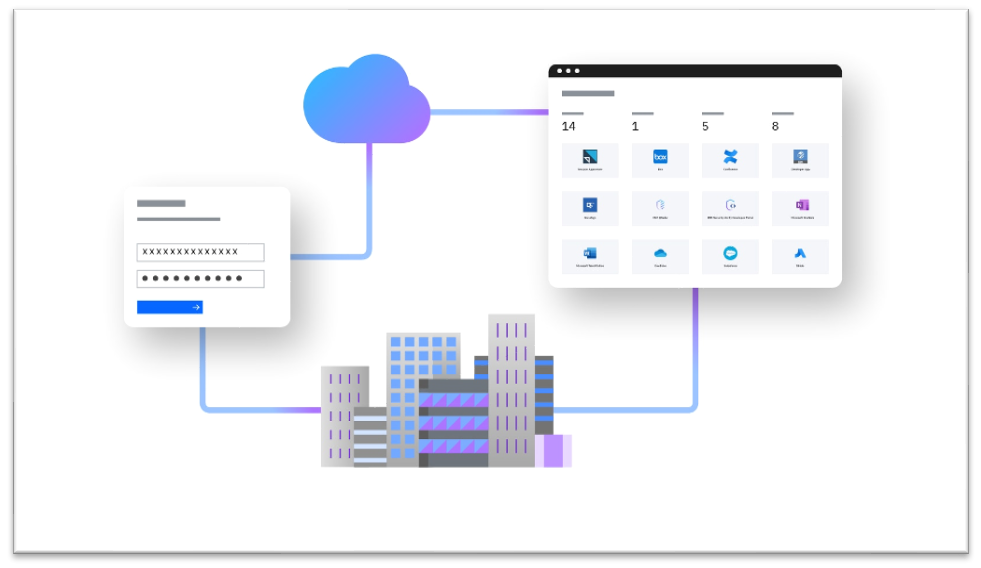
9. IBM RAMAC
The size of the first hard drive in history was equivalent to two kitchen refrigerators placed side by side. It had 50 discs inside that were delivering data at a rate of 100,000 bits per second while spinning at 1,200 revolutions per minute. The IBM RAMAC (Random Access Method of Accounting and Control), which mixed and matched data on the fly and allowed each piece of information to be read or altered randomly, allowed businesses to think about data in new ways.
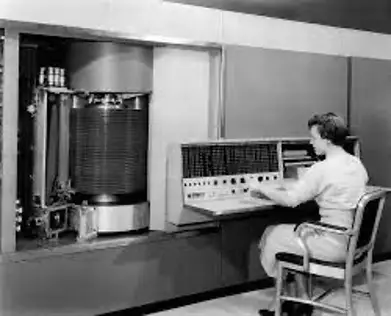
10. Blue Gene
The IBM project Blue Gene aims to develop supercomputers with minimal power consumption and operating speeds in the petaFLOPS (PFLOPS) range. The first Blue Gene, developed in collaboration with the Lawrence Livermore National Laboratory, enabled biologists to see processes like protein folding and gene development that were previously unseen.
